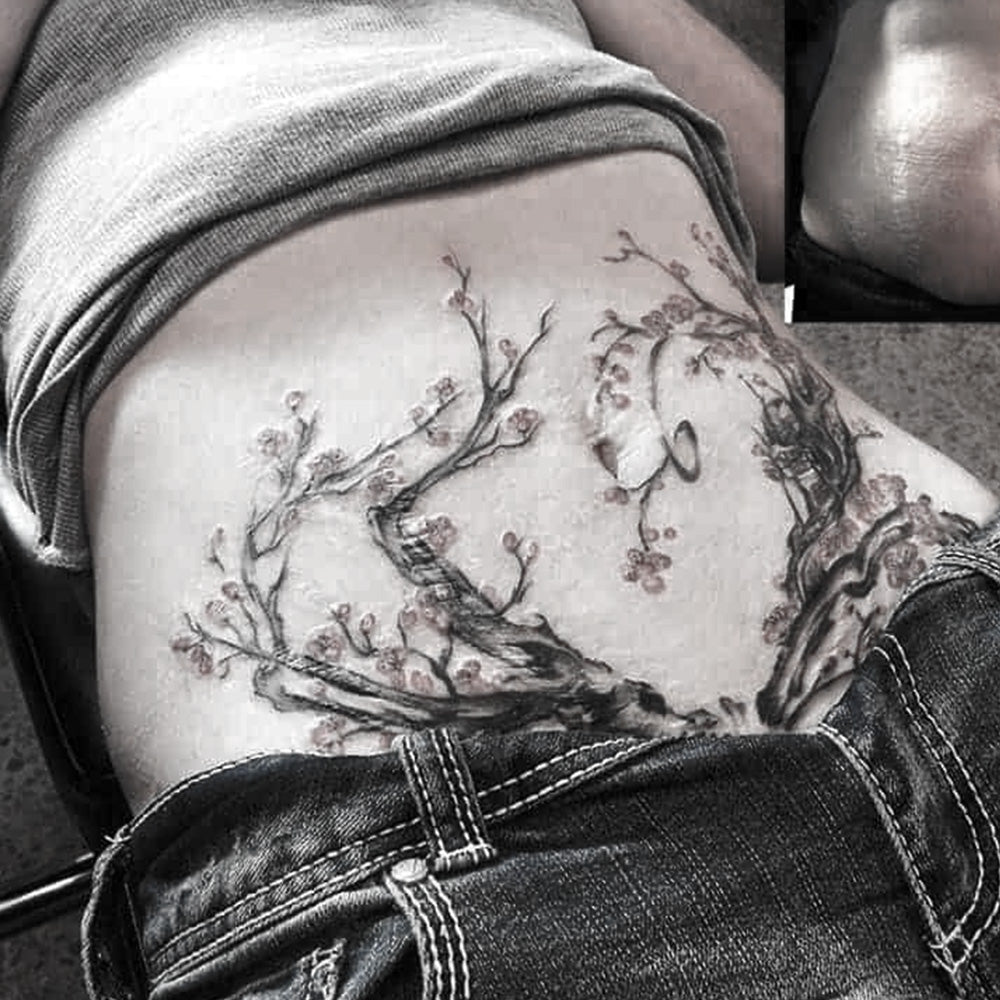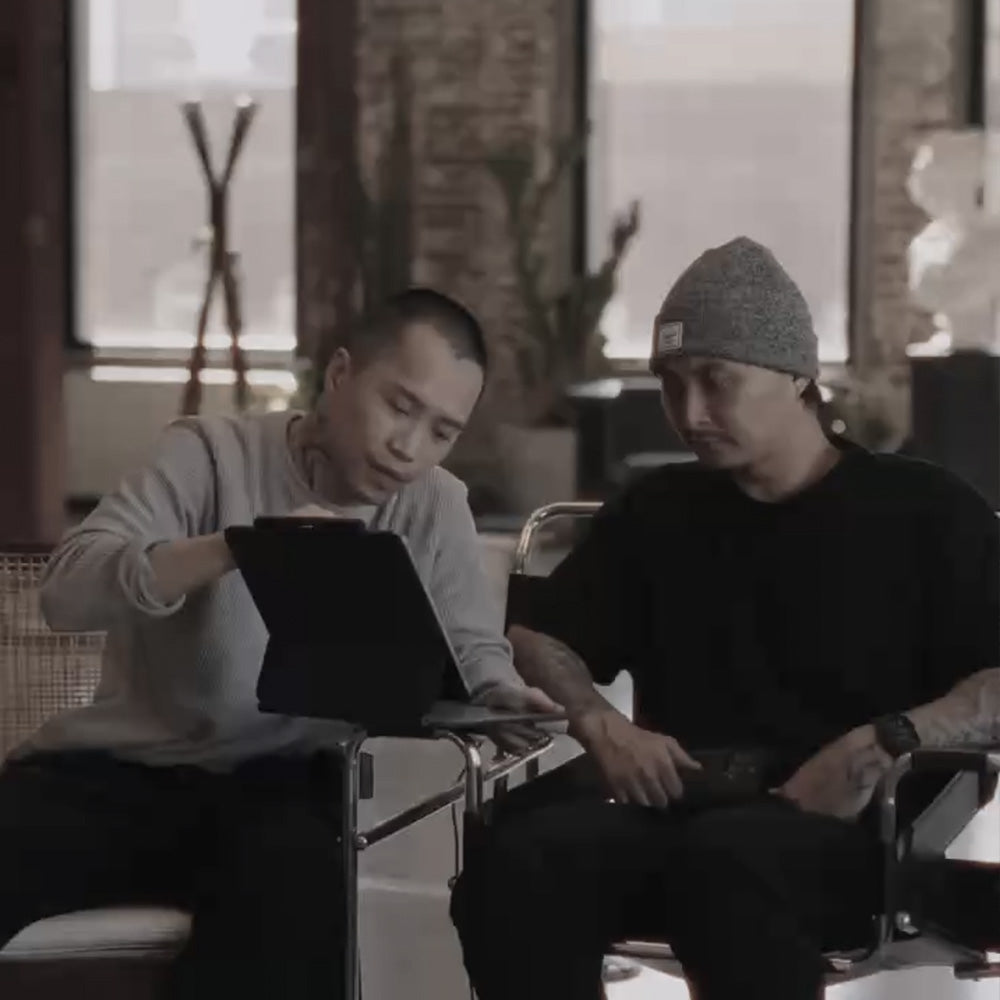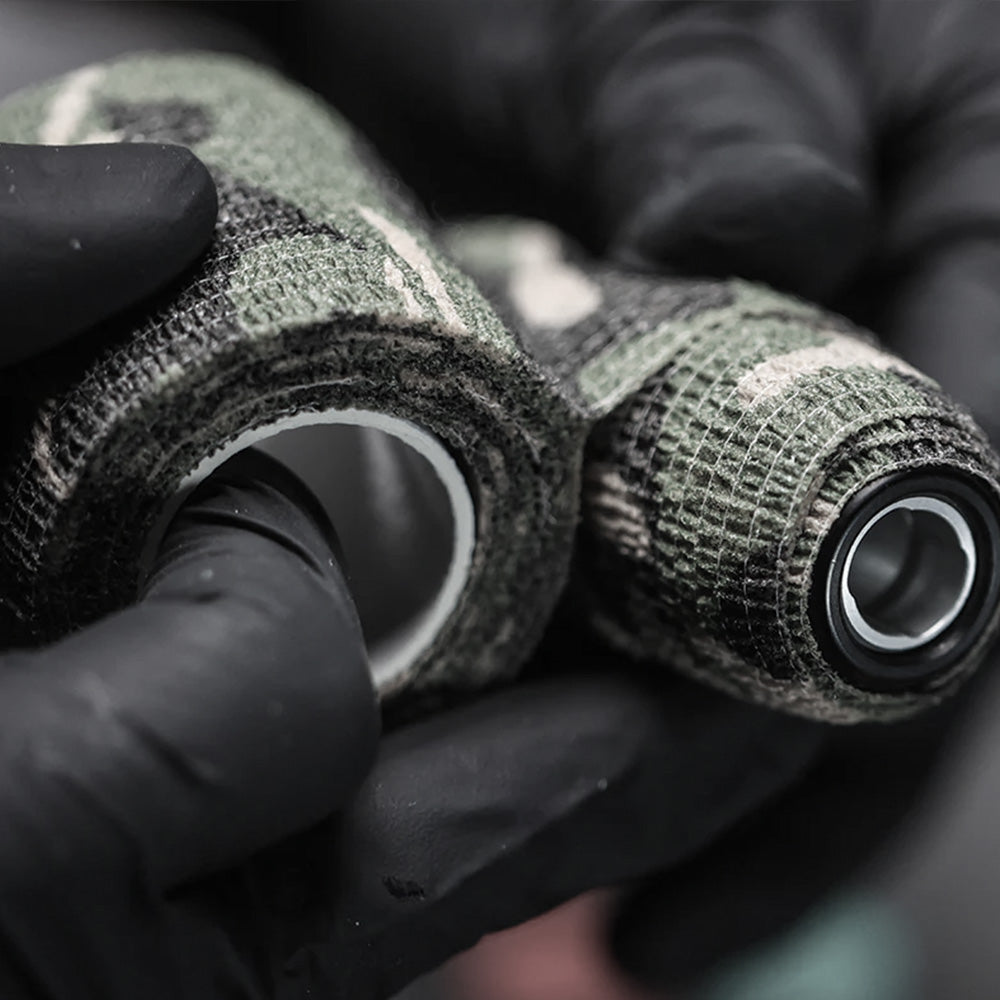Does Numbing Cream Work for Tattoos? What Artists Need to Know
(And Tell Clients)
Alright, let's tackle the question that divides our industry: does numbing cream work for tattoos? The short answer is yes – but it's complicated. And as artists, we need to understand both the science AND the reality of working with numbed skin.
The Truth About How Numbing Cream Works
Tattoo numbing cream works by blocking sodium channels in nerve endings. Most contain 4-5% lidocaine (the legal OTC maximum). Here's what actually happens: the lidocaine penetrates the epidermis and temporarily prevents pain signals from reaching the brain. Simple enough, right?
But here's what clients don't understand – we're working in the dermis, and numbing cream for tattoos only effectively numbs the top layers. So yes, does tattoo numbing cream work for surface pain? Absolutely. For the deep, vibrating sensation of needles hitting deeper tissue? Not so much.

Why Half of Us Hate It (And Half Don't Mind)
why don't tattoo artists like numbing cream?
The texture issue is real. I've seen skin go from perfect canvas to spongy mess in 60 minutes. Some clients' skin becomes raised, almost hive-like. Others get this weird rubbery texture that makes consistent needle depth nearly impossible. When you're using precision equipment like YES NEEDLE cartridges, you need predictable skin response. Numbing cream throws that predictability out the window.
But here's the flip side – for sensitive areas like ribs or inner bicep, a properly numbed client sits better. No flinching, no tensing up, no "I need a break" every five minutes. For the right situation, it's a game-changer.
The Effectiveness Timeline (What to Actually Tell Clients)
How long does numbing cream last? Here's the breakdown:
· Application to onset: 30-60 minutes
· Peak effectiveness: 45-90 minutes after application
· Total duration: 2-3 hours MAX
· Wearing off: Gradual, then sudden
The problem? Most clients think they'll be numb for a 6-hour session. When hour three hits and the cream wears off, the pain feels WORSE because they weren't mentally prepared for it.

When Numbing Cream Actually Makes Sense
I'm not anti-numbing. I'm anti-stupidity. Here's when I support it:
First-timers on small pieces: Builds confidence without committing to hours of pain Sensitive areas: Ribs, spine, inner thigh – places that make grown adults cry Medical conditions: Clients with fibromyalgia, nerve disorders, or hypersensitivity Touch-ups on tender spots: Already traumatized skin hurts more
For these situations, best tattoo numbing cream options are the ones designed specifically for tattoos, not random medical creams. The strongest tattoo numbing cream isn't always the best – we need the RIGHT strength.
The Professional Protocol That Actually Works
Here's my system for clients who insist on numbing:
1. They tell me in advance – No surprises on tattoo day
2. Professional product only – I recommend specific brands or they use mine
3. Proper application – Clean skin, thick layer, plastic wrap, 60 minutes minimum
4. I test the skin first – Check texture and response before committing
5. Adjusted expectations – They understand it's reduction, not elimination
When clients understand does numbing cream affect tattoo quality potentially? Yes, but manageable with the right approach – they make better decisions.
The Skin Changes We Actually Deal With
Let me get technical for a second. Numbed skin can exhibit:
· Vasodilation: More bleeding, ink doesn't stay put as well
· Edema: Swelling that distorts the design
· Texture changes: Affects how needles penetrate
· Uneven numbing: Patches of sensation create inconsistent client reactions
With quality equipment (I use YES NEEDLE exclusively for the consistency), I can adjust for most of these. But with cheap needles AND altered skin? Recipe for disaster.
What Actually Works: Product Reality
Best numbing cream for tattoos based on professional use:
· 5% lidocaine (maximum OTC strength)
· Cream consistency (absorbs better than gel)
· Contains epinephrine (reduces bleeding)
· From reputable tattoo suppliers
Where to buy tattoo numbing cream matters. Amazon knockoffs are gambling with your art. Professional suppliers understand our specific needs.

The Client Education Script
When clients ask "does numb cream work tattoo pain away completely?" here's my response:
"Numbing cream reduces surface pain by about 60-70%. You'll still feel pressure and vibration. It lasts 2-3 hours max. For longer sessions, you'll feel it wear off. If you can't handle ANY discomfort, we need to reconsider the design or break it into multiple sessions."
The Safety Conversation Nobody Has
Does numbing cream work for tattoos safely? Usually, but there are risks:
· Allergic reactions (always patch test)
· Lidocaine toxicity (large areas = higher risk)
· Interference with healing (some creams affect ink settling)
· False confidence (clients moving because they can't feel warnings)
As professionals, we need to know these risks and communicate them clearly.
The Bottom Line
Numbing cream for tattoos does it work? Yes, within limitations. It's a tool, not a miracle. Used correctly with proper expectations, it helps certain clients get work they couldn't otherwise handle. Used incorrectly, it creates problems for everyone.
My policy? I'm neutral. I'll work with it if the client understands the realities. I educate, not judge. And I adjust my technique accordingly because that's what professionals do.
Quality work comes from adapting to variables – whether that's different skin types, body placement, or yes, numbed skin. When you're confident in your skills and equipment, you can handle whatever comes your way.




